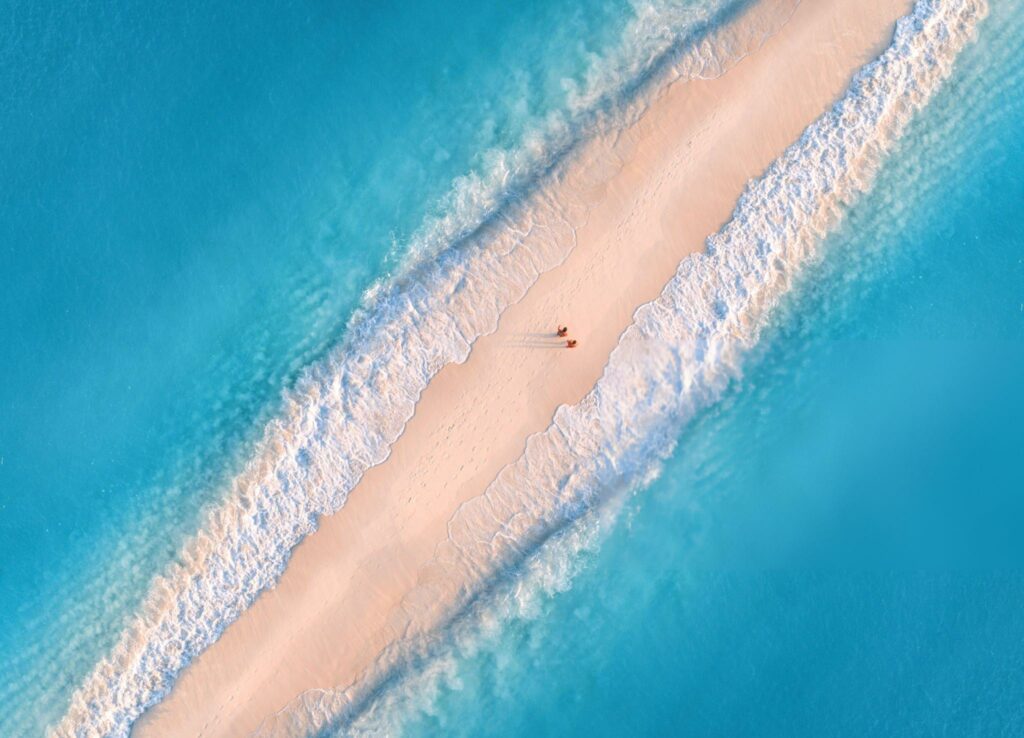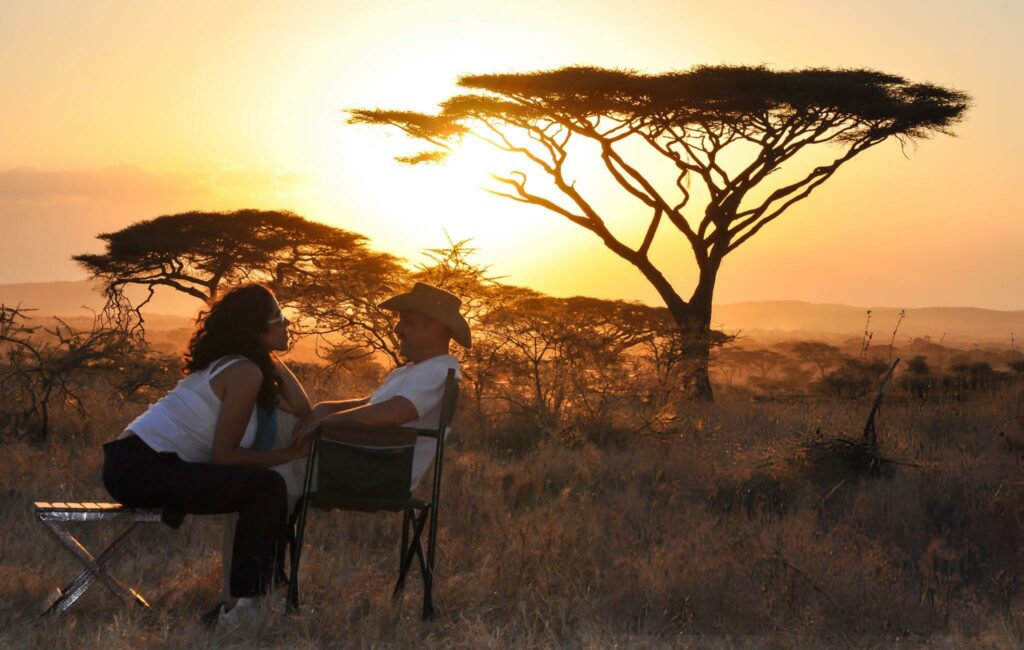Great Migration
Witness the world’s greatest wildlife spectacle in the Serengeti: The Great Migration. Encounter the Big Five and immerse in nature’s wonders

Wildebeest Great Migration
It’s an annual migration of more than two million wildebeest and twenty thousand other game animals from Serengeti National Park in Tanzania towards the Masai Mara National Reserve in Kenya. The wildebeests embark on the great migration voyage, searching for better grazing pastures and sufficient drinking water. The migration patterns depend on the different seasons experienced throughout the year. The historical event begins in the north and terminates in the south—an incredible stretch of more than 3000 Kilometers. The wildebeest migration is a spectacular natural phenomenon and a must-see safari for adventure enthusiasts.
What's So Special About It?
The Great Wildebeest Migration is unique because it occurs year-round in a clockwise route, offering breathtaking wildlife experiences throughout the year. Wildebeest and zebras migrate together, feeding on the same vegetation, while around 3,000 lions from the Serengeti ecosystem follow the herds. One of the most scenic and dramatic sights is the Mara River crossing, where strong currents, giant crocodiles, and hippos await, creating a fierce battle for survival as the animals strive to reach the Masai Mara National Reserve.

Great Migration Package
Experience thrilling safaris, captivating cultural encounters, and breathtaking landscapes on our meticulously crafted tours.
7 Nights
8 Days Wildebeest Migration River Crossing
- Tanzania Wildlife Safari
- Ask for this Tour Price
6 Nights
7 Days The Great Serengeti Migration Safari
- Tanzania Wildlife Safari
- Ask for this Tour Price
9 Nights
10 Days Serengeti Wildebeest Migration Safari Fly In Drive Out
- Tanzania Wildlife Safari
- Ask for this Tour Price
4 Nights
5 Days Masai Mara Migration Safari
- Kenya Wildlife Safari
- Ask for this Tour Price
Best Time To Visit for Migration
Tanzania’s diverse climate and geographical features offer something unique throughout the year. Here’s a breakdown of the different factors to consider for each season:
Wildlife Viewing and Safaris
The dry season from June to October is generally considered the best time for wildlife viewing and safaris in Tanzania. During this period, the vegetation is thinner, and animals gather around water sources, making them easier to spot. The dry landscape means animals are less dispersed, increasing the likelihood of encountering diverse species such as lions, elephants, giraffes, and rhinos.
June to October is also the time of the Great Migration in the Serengeti, a spectacular event where millions of wildebeests and zebras travel in search of fresh grazing grounds. This massive movement across the plains creates one of nature’s most breathtaking spectacles, featuring dramatic river crossings and predator-prey interactions. Witnessing this migration is an incredible sight and a highlight for many safari-goers, offering unparalleled photographic opportunities and unforgettable memories.

Climbing Mount Kilimanjaro

The best time to climb Mount Kilimanjaro is during the dry seasons, which span from January to mid-March and June to October. These months offer more stable weather conditions and lower chances of rainfall, creating a more favorable environment for climbers. Clear skies during these periods provide better visibility, making the climb not only safer but also more enjoyable as climbers can fully appreciate the stunning panoramic views that Kilimanjaro has to offer.
Additionally, the dry seasons ensure that the trails are less muddy and slippery, reducing the difficulty of the ascent and minimizing the risks associated with wet conditions. The relatively predictable weather patterns mean that climbers are less likely to encounter severe storms or extreme cold, enhancing the overall experience.
Beach Vacations in Zanzibar
For those looking to enjoy the stunning beaches and coastal areas of Zanzibar, the best time to visit is during the dry season from June to October. During these months, the weather is warm and sunny, creating perfect conditions for a beach holiday. The clear skies and bright sunshine make it ideal for sunbathing, while the crystal-clear waters of the Indian Ocean are perfect for swimming, snorkeling, and diving. Marine life is abundant, and visibility is at its best, providing excellent opportunities to explore vibrant coral reefs and encounter a variety of sea creatures.
December to February is a fantastic time for Zanzibar beach vacations, falling within the short dry season. With pleasant weather and less humidity, outdoor activities are comfortable. Explore Zanzibar’s cultural sites like Stone Town and spice plantations during these dry months, perfect for both beach relaxation and cultural immersion in this tropical paradise.

Lower Prices and Fewer Crowds

Consider visiting Tanzania during the wet season from November to May if you prefer lower prices and fewer crowds. While the long rains from March to May can be quite heavy, the shoulder seasons (November and May) offer a good balance of wildlife viewing opportunities and more budget-friendly options. During these periods, you can still enjoy remarkable wildlife encounters while taking advantage of reduced accommodation rates and fewer tourists.
Exploring Tanzania during the wet season offers lush landscapes and blooming flora, perfect for photography enthusiasts. It’s also a chance to witness the Great Migration’s calving season, adding excitement to your safari. Embrace the tranquility and immerse yourself in Tanzania’s natural beauty while enjoying fewer crowds and better deals.

